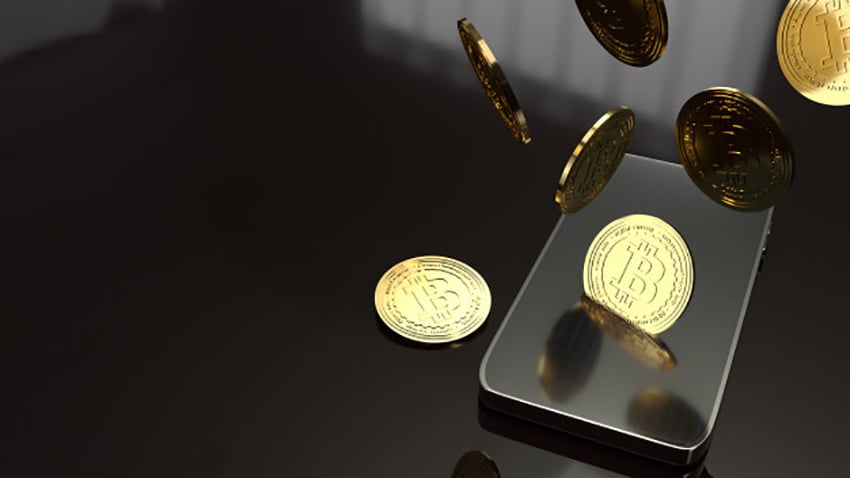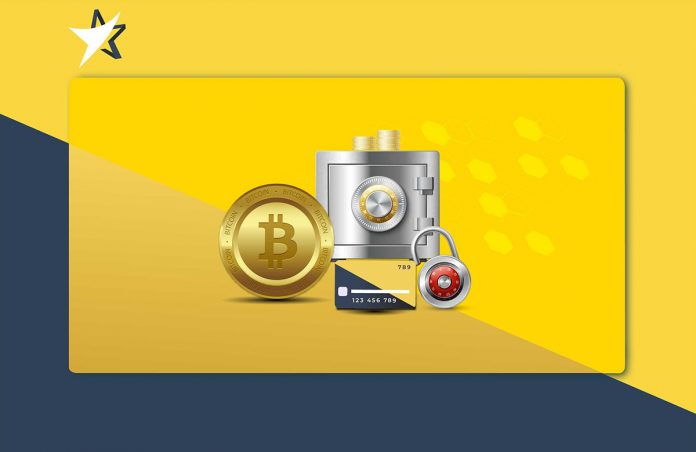If this is the first question you are googling before getting into the crypto world,.I would say you are qualified to enter the market.
From my experience lots of people are starting off with something much.‘sexier’ like: how to invest, how to get rich with crypto. But what’s the point for growing it, and looking at it disappearing?
Take my advice: You can never be too paranoid in this field, and you should be paranoid. When someone says you are a psychopath with all of your crazy.set-ups around your crypto assets, you are good to go 🙂
There are potentially a lot of wallets out there,.but you only need to know if it’s a HOT or a COLD wallet.
| HOT WALLET | COLD WALLET |
| less secured | more secured |
| Easier, “plug & play” | More required skills to set up |
| connected to the internet | not connected to the internet |
| should be used to keep amount for frequent use purposes | troublesome to transfer out, more for long term saving |
| mobile wallet, cloud wallet, software wallet, exchange wallet | offline wallet, hardware wallet, paper wallet, multisig wallet |
I will number the list starting with the most secure way to store your crypto, and going down to the least. Because that would be my recommendation. If it’s too much for you, feel free to read from the bottom up.
1. An offline-multisig wallet

Of course, it’s the most secure set-up, but the bad news is: It is not easy to set it up for the average non-technical person. It’s rather quite complicated. First, you need a brand-new laptop (just out of the box, never connected to internet etc…), and get the program installed via a (should be) new USB stick, to create the multisig address.
A standard multisig wallet includes 3 private keys, which always require 2 out of 3 keys to send the funds out. You can also level it up by acquiring a 8 out of 10 multisig for example.
2. A hardware wallet
- Trezor
- Ledger
- Coldcard
are some common hardware wallets. They are built for mass adoption and not so expensive, about $80 – $150.
You should purchase them from the trusted sources (the manufacturers themselves, authorized resellers, etc…), check the packaging, and it’s always wise to reset it no matter what! The hardware wallets come with their own and clear instructions for setting up, do not skip any steps, follow their recovery procedure (seed phrase)
Those hardware wallets serve as a physical layer between you and the ‘virtual world’, in other words, it helps to keep your feet on the ground transferring funds out of your wallet. You need to plug the device in your laptop, 1 step to keep unseen hackers away. Most of the modern hardware wallet devices support lots of cryptocurrencies.
Buy official hardware wallet here in Vietnam
3. A paper wallet
As it’s named, this wallet is…a piece of paper, actually it refers to something which you can write your keys on. Therefore exposed to some very ‘traditional’ risks like getting burnt, getting wet, getting shredded, eaten by a dog? Or the ink just faded away…
It’s classified as a cold wallet, offers a pretty high level of security. All you need to do is keeping those pieces safe. In reality, it’s quite challenging to do so, given the fact that more and more people knowing about crypto, while the public and private keys of crypto wallets are quite distinctive. Those easily got copied, taken pictures at. That’s why I put it after the hardware wallet.
You might want to take a picture of it yourself and save it on your mobile or laptop 😉 ? Please note: This is the absolute worst idea! Realize you just turned your cold wallet into a hot one?
4. Desktop wallet
A desktop wallet is NOT an online wallet (read on #5). It’s safer as you can only access it via THAT computer. You can also set up layers like the password to unlock your computer, to go into that file…Still, it doesn’t help if your computer got infected already by a virus/trojan or similar.

5. Mobile wallet
Whatever wallets are not offline (#1), they are online wallets. But what I am saying is the wallets you install on your mobiles, and bring them everywhere.
This is purely for convenience, where you should only store only a bit of crypto to spend. This type of wallet allows you to send and receive funds everywhere,.anytime, super simple, only need your passcode, or fingerprints.
However, once your phone got robbed, and if the thieves know.what they should be looking for, you can kiss goodbye.to not only your phone but also the amount of crypto it contained.
Moreover, mobile phones are pretty suspect to get infected with malware and/or otherwise intercepted.

A good rule of thumb here is: Don’t store more funds in your mobile wallet.than you would in your “physical” cash wallet. And you wouldn’t run around with your life savings in your pocket,.would you? So – the same rule applies here for your crypto mobile wallet.
6. Exchange wallet (3rd party wallet)
With this option, the good news are you don’t have to worry about the keys at all. The bad news is: “Not your keys, not your coins!”. Basically it’s like you trust a random dude on the street with your savings. At least please choose a relatively trust-worthy one, trust some big reputable exchanges or wallet providers to keep your funds. If you are this hopeless, having no idea what I have said from #1 to #5, this is your best chance. You theoretically own them, but you have to trust the provider that they actually honor your claim. In case that exchange/wallet provider got compromised, sorry bad luck!
This should be only to serve the purpose of daily trading, lending, etc…for profits. Do *not* store your coins on an exchange/3rd party wallet if you don’t have to.
To recap, go to the options which are most suitable for you, serve well your purposes, and most important, which you can handle with your current skills and knowledge. Don’t overcomplicate your set-up. Try to balance between the complexity and security. The balance is good!
Reference: Read more articles on BitcoinVN News



